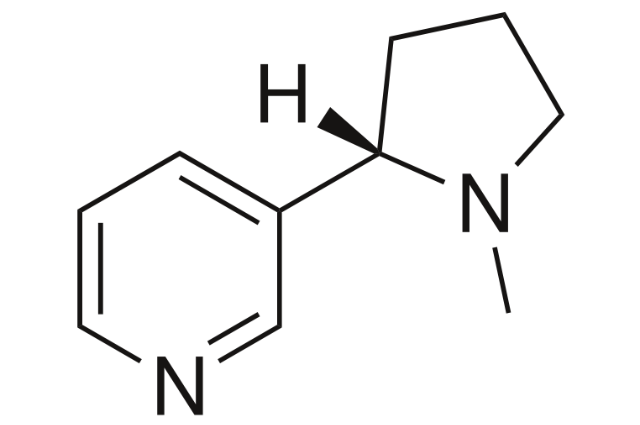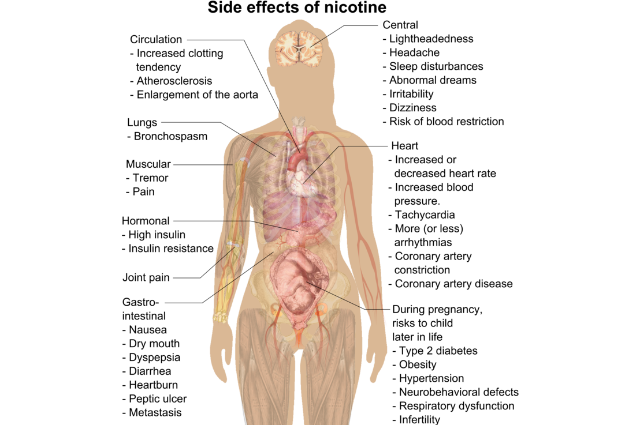
Image by Comfreak from Pixabay
All kind of tobacco products have foremost tendency to cause preventable cancers. Now, cancers are preventable if a person of India has desired to stop consumption of Tobacco products. WHO, Government of India (GOI) and some national based NGOs shared data each and every year about the risk of tobacco consumption for both direct and indirect Tobacco users. GOI introduces a number of Law and Acts to control the damage causes by Tobacco products. In this concern, State and Central Health Departments (Ministry of Health Department) work jointly by forming different layers and it is upto the school level. In our Country, there are three standard Tobacco testing centre in where monitoring of different tobacco product including e-cigar has been accomplished then that results share with GOI and decide the permissible level of different chemical mainly Nicotine in different Tobacco products. In 17th century, it was used as pesticide in agricultural fields.
Tobacco products and its smoke contain more than 5000 toxic and carcinogenic chemicals. Out of these 5000 chemicals, nearly about 100 chemicals are directly responsible for most vulnerable causes of death globally like cancer, Heart and Lungs related diseases [1]. WHO reported that only tobacco products are responsible for the death of more than 8 million peoples per year where nearly 7 million peoples are died due to consumption of direct Tobacco products and nearly 1 million peoples died indirect Tobacco products. The present trend shows that in 2025 Tobacco products will be the cause of death nearly 10 million peoples per year, in spite of several regulations and Acts imposed nationally and internationally [2].
Nicotine is one of the active components in all kind of Tobacco products. Nicotine is hazardous chemical in concern of its addiction power. Hence, Pharmacological behavior of Nicotine in Human body is under the investigation. Nicotine, is N-containing alkaloid and basic in nature, the main structure consisted with pyrrolidine and pyridine moieties with a specified stereochemistry, Figure 1 [3].

Figure 1: Structure of Nicotine
(Source: en.wikipedia.org)
Absorption of Nicotine in human body depends on the pH of the medium of administrative pathways. Normally, absorption power increases with increase in pH of the medium, as result peoples used to slaked lime with tobacco products [4]. Nicotine can directly stimulate the Central nervous system (CNS), then releases different kind of neurotransmitters and elevated the mood [5]. Nicotine one of the dangerous poison among alkaloids, study revealed that the median lethal dose (LD50) for an adult 30-60 mg of nicotine and for children 10 mg of Nicotine [6].

Figure 2: Problem associated by Nicotine
(Source: www.google.com)
Nicotine has very active addictive property similar like cocaine or heroin [7]. The studies also exhibited the dependence of Nicotine came from maternally and grand maternally. Nicotine started its activities immediately after consumption, within 10-15 minute and reached its maximum activity nearly about 1-2 hour then effects disappeared slowly upto 12 hour [8].
Tobacco and India
More than 2 thousand of peoples died every day due to consumption of tobacco products. Nearly about 7-8 lakh Indian peoples died yearly which is much higher than death caused by tuberculosis and AIDS. In India, 40% cancer patients and their root cause of cancer is tobacco products. 95% of oral cancer patients found due to tobacco products.
Peoples of India consume tobacco products in different forms where some are smoky and others are smokeless. Bidi, cigarate and Hokah are the example of smoked tobacco products where as Khaini, Pan Masala, Zarda, Gutka and gul are common example of smokeless tobacco products.

Figure 3: Effect of taking cigarette for Human body
Image by Ralf Kunze from Pixabay
Quitting of Tobacco for a person is great challenge for his health and his family in concern. Government of India (GOI), different NGOs actively working throughout the every part of India to help the persons to quite tobacco. Male persons usually consume more tobacco products rather than female persons but present trend showed us consumption rate increases very sharply for female persons. Teenagers are more effected at their school and college level, 50% of teenagers who accustomed with tobacco product died early [9].
Government of India (GOI) under the Ministry of Health & Family Welfare enacted tobacco control act entitled Cigarette and Other Tobacco Products Act 2003 (COTPA) for the protection of tobacco products related health issues and associated problems. Some of points about the COTPA-2003 are given below;
- Smoking in public places, work places are completely prohibited.
- Sell of tobacco products to children under 18 years considered as punishable offence.
- A ban on sell tobacco products within a radius of 100 yards of schools and colleges.
- Manufacturer could not sell tobacco products without pictorial warnings, tobacco causes mouth cancer.
It is needless to say, we have to stop consumption of any tobacco products by the peoples of India. Till date, no beneficial activity of tobacco products are not known, hence by rules and regulations imposed by GOI made assure steady decrease of tobacco consumption. A well deigned pathways consists of proper counseling by trained health worker, social worker can achieve the success of eliminate tobacco products caused problems.
References:
6. Centre for Disease Control and Prevention.
7. US Department of Health and Human Services. Mental Health. Available from.
. . .
Dr. Biswajit GayenDepartment of Chemistry, Dr. Sudhir Chandra Sur Institute of Technology & Sports Complex, JIS Group of College, 540 Dum Dum, Kolkata-700074, India.
Correspondence should be addressed to Dr. Biswajit Gayen; E-mail-bgayenchemistry@gmail.com, Orcid ID-0000-0001-9603-0308
